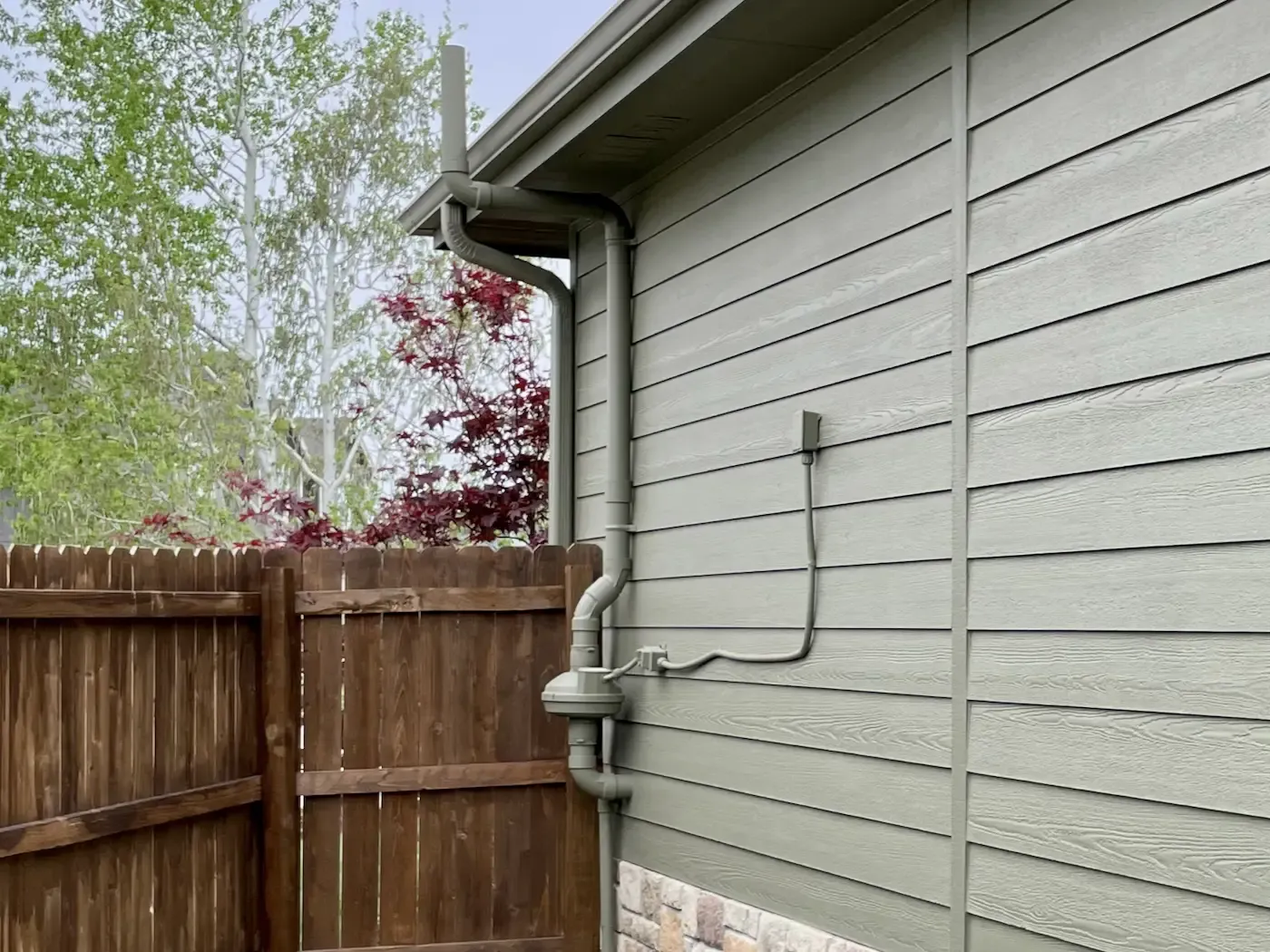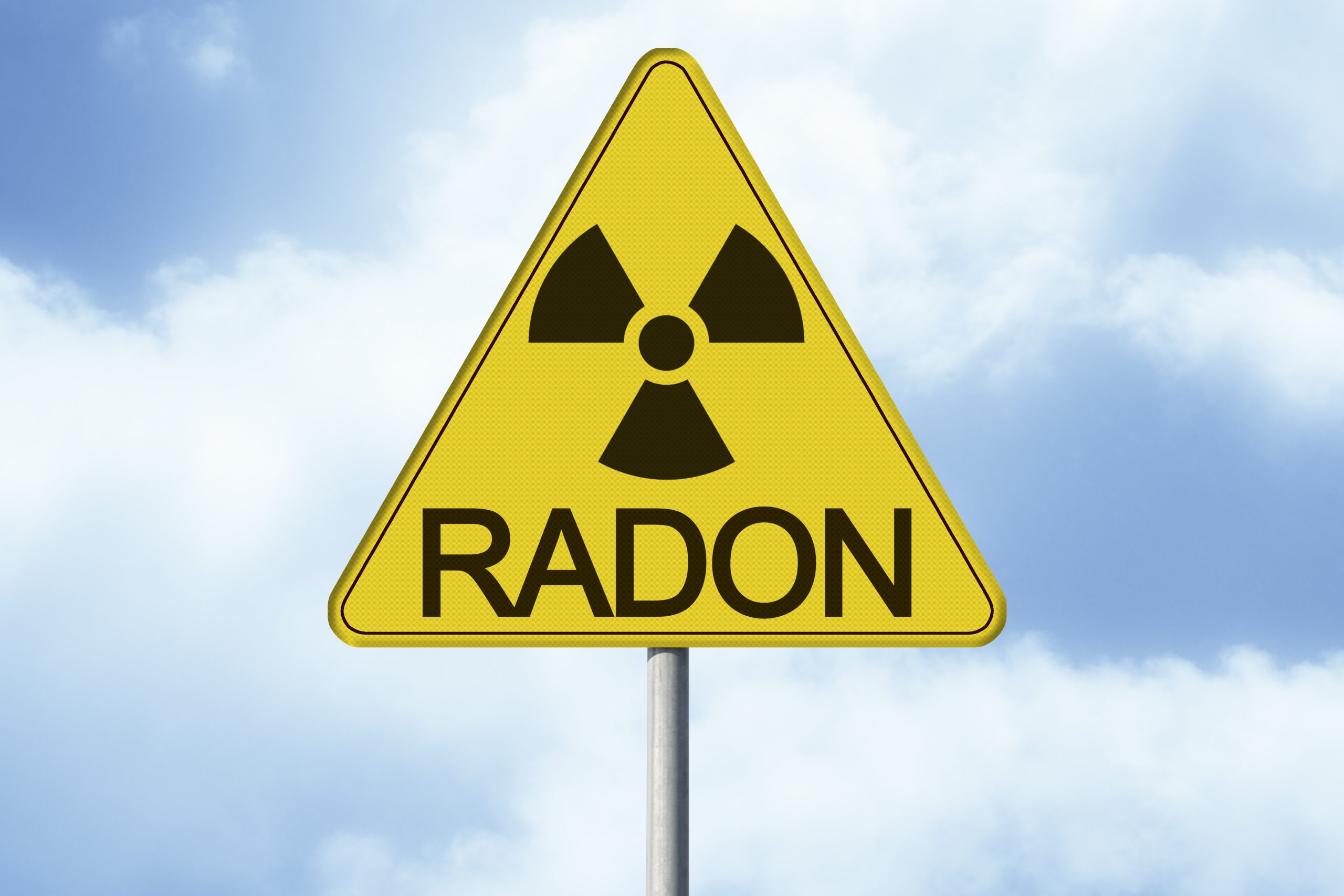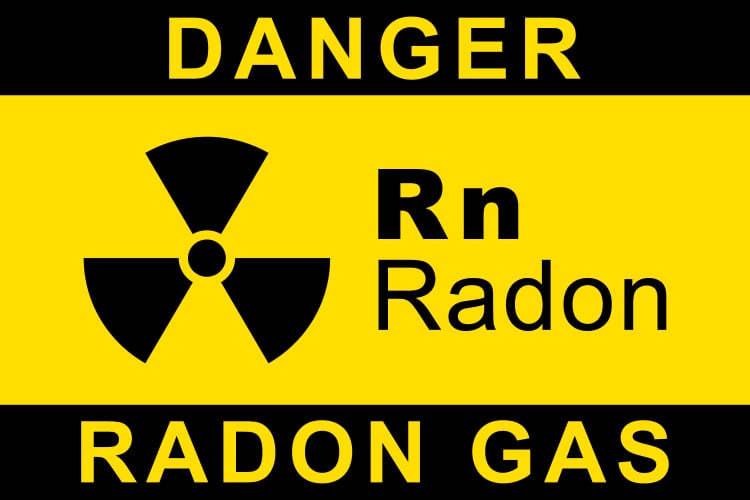Purchasing a new home involves various considerations, chief among them being the safety and health of your family. Radon exposure is a critical safety concern due to its link to lung cancer. This blog explores the crucial aspects of buying a home with an existing radon mitigation system, with expert guidance from Milwaukee Radon Home.
We will delve into the dangers posed by radon, how it infiltrates homes, and the efficacy of mitigation systems in ensuring a safe living environment.
Table of Contents
Radon and Its Dangers
What is Radon?
Radon is a naturally occurring radioactive gas that results from the decay of uranium found in soil, rock, and water. This gas is colorless, odorless, and tasteless, making it undetectable without specialized equipment. It can accumulate to dangerous levels inside buildings, including homes, offices, and schools, posing serious health risks to occupants.
The Health Risks Associated with Radon
Radon exposure is the second leading cause of lung cancer in the United States, following cigarette smoking. It is responsible for about 21,000 lung cancer deaths each year. When radon gas is inhaled, it decays into radioactive particles that can damage the cells lining the lungs. Long-term exposure to high levels of radon can significantly increase the risk of lung cancer, even in non-smokers.
Sources of Indoor Radon
Soil and Rock
The most common source of radon in homes is the surrounding soil and rock. As uranium in these materials decays naturally, radon gas is released. This gas can enter homes through cracks and gaps in the foundation, construction joints, and through the water supply.
Groundwater
Another potential source of radon is groundwater. Homes that use well water may be exposed to radon if the groundwater contains high levels of the gas. When this water is used for showering, cooking, or other household activities, radon can be released into the air.
Construction Materials
Building materials can also be a source of radon, particularly if they are derived from natural minerals that contain uranium. Concrete, stone, and certain tiles can emit radon, although generally at lower levels than the soil.
The Role of Home Construction and Ventilation in Radon Entry
The way a home is built can significantly impact how much radon enters it. Here we explore the role of construction features and ventilation in managing indoor radon levels.
Construction Features
Homes with poor sealing around floors and walls, cracks in the foundation, and openings around service pipes allow more radon to enter. Additionally, the materials used in home construction can influence radon levels. For instance, stone foundations can emit more radon compared to other types of foundations.
Ventilation
Proper ventilation is crucial in diluting and removing radon from indoor air. Homes with good ventilation typically have lower radon levels. However, during colder months, homes are often sealed tightly, which can trap radon inside and allow it to build up.
Is It Safe to Live in a House with Radon?
Understanding Safe Radon Levels
The EPA considers radon levels of 4 picocuries per liter (pCi/L) or higher as hazardous. Ideally, radon levels should be as low as possible, as no level of radon exposure is considered completely safe.
Steps to Take if Radon is Present
If radon testing shows levels above the EPA’s action threshold, steps should be taken immediately to mitigate the gas. This might include installing a radon mitigation system, improving ventilation, or sealing entry points extensively.
Radon Mitigation Systems Explained
How Do Radon Mitigation Systems Work?
Radon mitigation systems are designed to reduce indoor radon levels by either preventing radon entry or by actively removing it from the home. The most common system, sub-slab depressurization, involves installing a pipe through the foundation floor to draw radon from beneath the home and vent it outside.
Factors Influencing Your Decision to Buy a Radon-Safe Home
When considering a home with a radon mitigation system, it’s important to check the system’s maintenance history and effectiveness. Consulting with professionals like Milwaukee Radon Home for a thorough radon assessment is also advisable.
Milwaukee Radon Home’s Role in Ensuring Safe Homes
Milwaukee Radon Home specializes in radon testing and mitigation. They provide services adhering to strict safety standards and
can help home buyers understand the radon risks associated with a potential home purchase.
Are Radon Mitigation Systems Worth the Investment?
The Cost vs. Health Benefit Analysis
The health benefits of reducing radon exposure through mitigation systems can significantly outweigh the costs. While installation might be an upfront expense, the potential health savings from reduced lung cancer risk are considerable.
Testimonials and Real-World Examples
Examples of successful radon mitigation will be discussed, highlighting how these systems have helped other homeowners secure a safer living environment.
What Houses Are Most at Risk for Radon?
Houses in areas with high concentrations of uranium in the ground, built on porous soil types like gravel or sand, and those with certain construction techniques that trap radon indoors are most at risk for radon exposure. Factors such as geographical location, soil structure beneath the house, and home construction materials influence radon risk.
While there is a common misconception that older homes are more susceptible to radon, all homes, regardless of age or type, should be tested for radon. Testing for radon is essential to ensure a safe living environment, and preventative measures like installing radon mitigation systems can effectively reduce radon levels in homes, protecting residents from the harmful effects of radon gas.
Conclusion
Purchasing a home with a radon mitigation system can provide significant peace of mind by ensuring that radon levels are within safe limits. Consulting with radon mitigation experts, like Milwaukee Radon Home, is crucial when making such a significant investment.
Educated decisions based on comprehensive radon evaluations ensure the safety and health of your family, providing a secure and healthy home environment.
FAQs
Q: How often should radon levels be tested in a home?
A: Experts recommend testing radon levels every two years, or after significant alterations to your home that could affect radon levels.
Q: Can radon issues be completely fixed?
A: While it’s not always possible to eliminate radon, levels can typically be reduced significantly with the right mitigation strategies.
Q: Are there any additional benefits to radon mitigation systems?
A: Yes, in addition to reducing radon levels, these systems can also help lower humidity levels and other soil gases, improving overall air quality inside the home.





